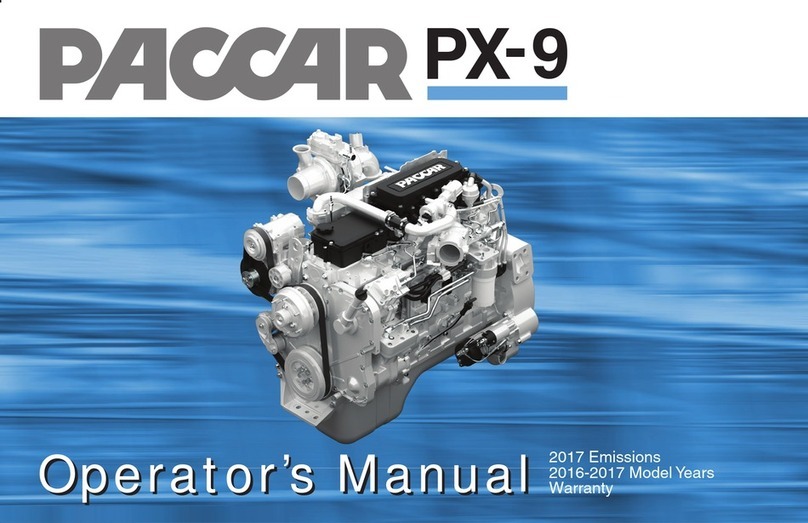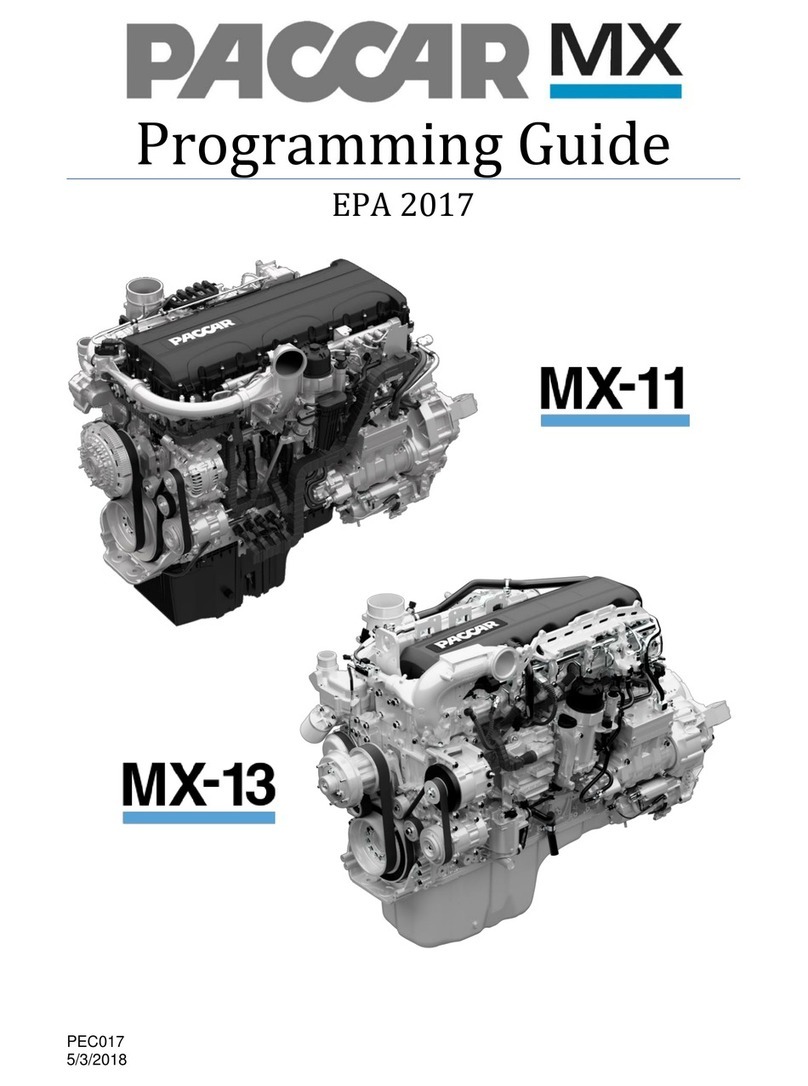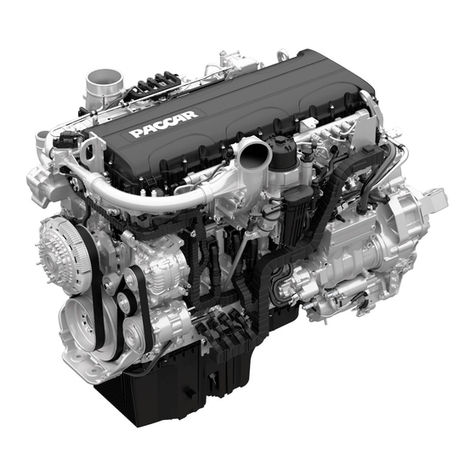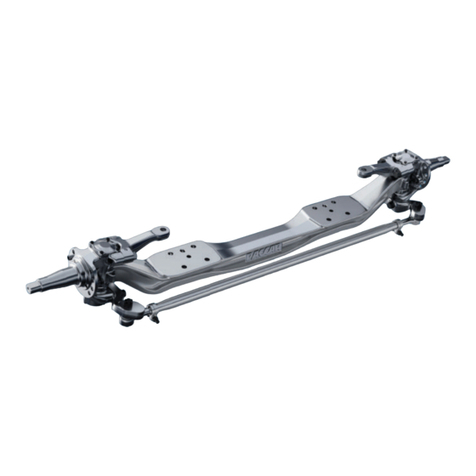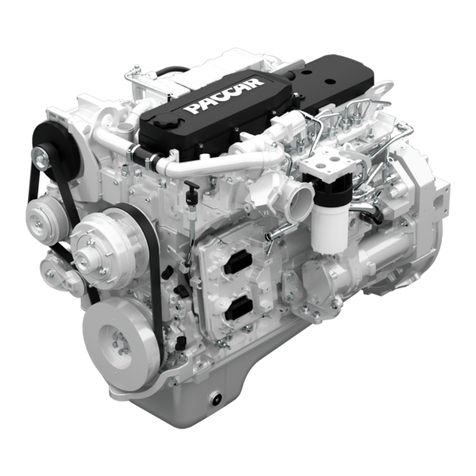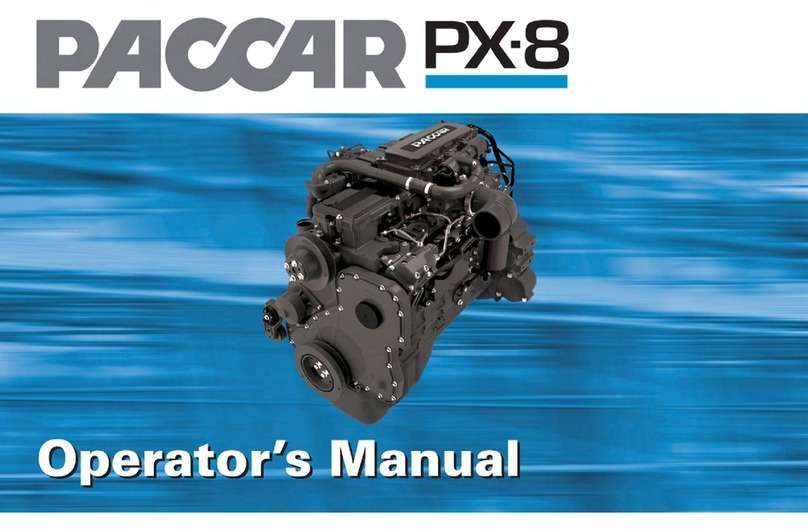Introduction
Introduction WARNING 1
Safety Alerts
Please read and follow all of the
safety alerts contained in this manual.
They are there for your protection
and information. These alerts can
help you avoid injury to yourself, your
passengers, and help prevent costly
damage to the vehicle. Safety alerts
are highlighted by safety alert symbols
and signal words such as "WARNING",
"CAUTION", or "NOTE". Please do not
ignore any of these alerts.
WARNING!
The safety alert following this symbol
and signal word provides awarning
against operating procedures which
could cause death or injury. They could
also cause equipment or property
damage. The alert will identify the
hazard, how to avoid it, and the
probable consequence of not avoiding
the hazard.
Example:
WARNING!
Do not carry additional fuel contain-
ers in your vehicle. Fuel containers,
either full or empty, may leak, ex-
plode, and cause or feed are. Do
not carry extra fuel containers. Even
empty ones are dangerous. Failure
to comply may result in death, per-
sonal injury, equipment or property
damage.
1-3
